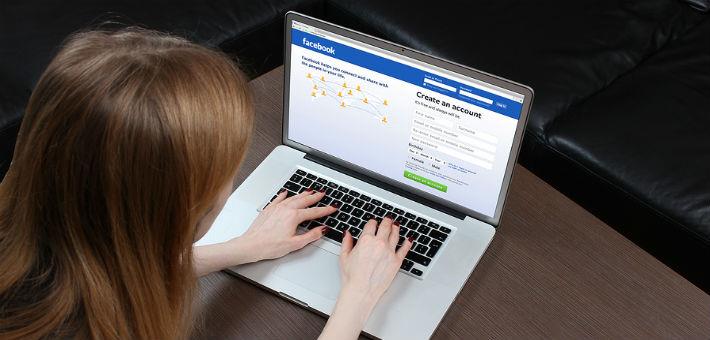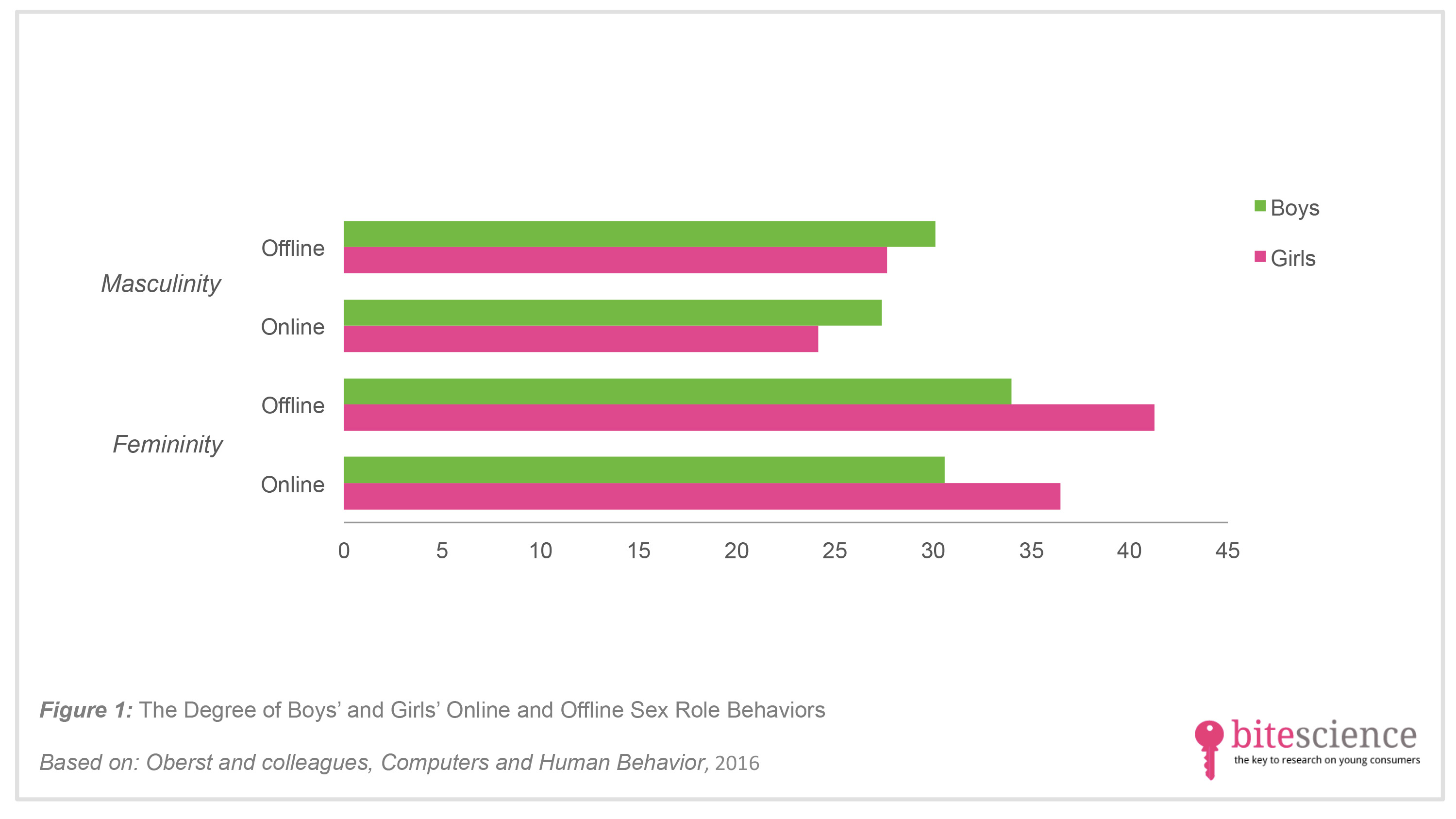
Best of Both Worlds – Teens Downplay Sex Role Stereotypes on Facebook
Teens sex-role portrayal on Facebook is less stereotypical than in ‘real life’, a study in Computers and Human Behavior shows. This is surprising, because the teenage years are marked by increased stereotypical gender roles.
Take aways
- Teens, and especially girls, present themselves in a less gender-stereotypical way online than they see themselves in ‘real life’.
- Thus teens attempt to diminish online sex-role stereotypes, which is consistent with modern society in which it is increasingly accepted or even “cool” to express less traditional sex roles.
- This adjustment of Facebook profiles (i.e., impression management) can positively influence teens’ wellbeing.
- All those involved with youth should be aware that teens’ online self-presentations are not as gender-stereotypical as often thought. Moreover, they should take into account the potential benefits of online impression management for teens’ welfare.
Study information
The question?
Does teens’ self-presentation of sex-role stereotypes differ for offline and online contexts, and how is this related to their wellbeing?
Who?
797 high school students between the ages of 12 and 17 (mean age: 15 years; 54% girls) having a personal Facebook profile
Where?
Spain, Catalonia
How?
Teens filled out a paper-and-pencil questionnaire at school containing questions about their Facebook behaviors (such as frequency of Facebook use and the types of application), sex-role stereotypes (how teens view themselves regarding stereotypes of masculinity and femininity, both offline and online), and wellbeing (in eight domains, including personal health, achieving in life, and personal relationships).
Facts and findings
- Girls reported to:
- make more use of Facebook;
- have more Facebook friends;
- have lower levels of psychological wellbeing than boys.
- Both in offline and online contexts, boys reported higher masculinity and girls reported higher femininity (see Figure 1).
- Interestingly, boys saw themselves as less masculine and girls as less feminine in online contexts such as Facebook, as compared to offline contexts (see Figure 1). According to the authors, this indicates that both sexes want to appear more sexually equal on Facebook than in a face-to-face context.
- The difference between the offline and online sex role scores was higher for girls than for boys. This means that girls reduced their femininity more than boys did reduce their masculinity, when comparing offline with online contexts.
- Teens for whom the difference between their online and offline stereotypical behavior was larger, scored higher on wellbeing. Although the authors initially proposed that a larger adjustment of self-presentation was linked to lower welfare, it appears that a slight adjustment, called “impression management”, is not detrimental for teens’ wellbeing.
- Moreover, teens who reported higher androgyny (having both masculine and feminine characteristics) also scored higher on wellbeing.
- Critical note: All participating teens came from Catalonia (Spain). As teen cultures differs across countries and cities, the results do not necessarily reflect the stereotypical behavior of teens living in other regions and countries.
